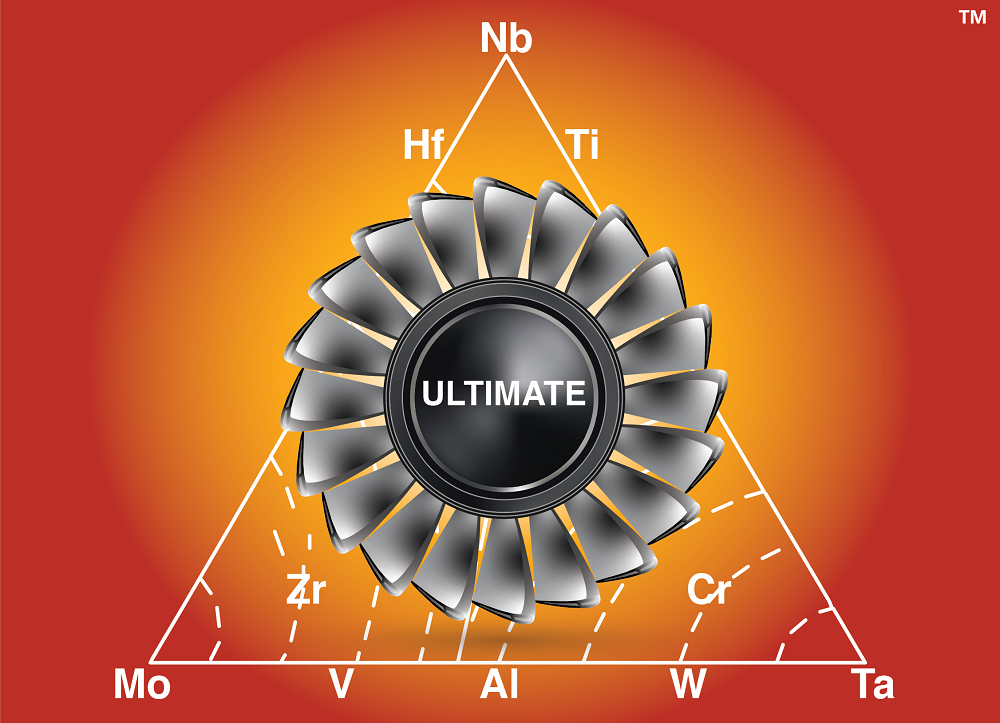
U.S. Department of Energy Announces $16 Million in Funding for Phase 1 of Ultra-High Temperature Materials Program
WASHINGTON, D.C. – The U.S. Department of Energy today announced $16 million in funding for 17 projects as part of Phase 1 of the Advanced Research Projects Agency-Energy’s (ARPA-E) Ultrahigh Temperature Impervious Materials Advancing Turbine Efficiency (ULTIMATE) program. ULTIMATE teams will develop ultrahigh temperature materials for gas turbine use in the aviation and power generation industries.
“Natural gas turbines generate more than a third of the country’s electricity, supplying power to consumers across America,” said ARPA-E Director Lane Genatowski. “ULTIMATE teams will improve the efficiency of the generation sector by developing materials that increase producers’ efficiency and create positive economic benefits for industrial and public consumers nationwide.”
ULTIMATE projects address two target temperature levels and seek to develop ultrahigh temperature materials for continuous operation at 1300 ºC (2372 ºF) in a stand-alone material test environment or at 1800 ºC (3272 ºF) with coatings and cooling. Teams will also develop new manufacturing processes that ensure turbine blades can not only operate at these ultra-high temperatures but can also withstand the extreme operating environments commonly found in natural gas turbines in both the aviation and power generation industries.
Phase 1 ULTIMATE teams will demonstrate proof of concept for alloy compositions, coatings, and manufacturing processes through modeling and laboratory scale tensile coupon testing of basic properties. At the conclusion of Phase 1, teams will be down-selected based on technical review to receive additional funding for development of selected alloy compositions and coatings, as well as the production of generic small-scale turbine blades to demonstrate manufacturability of designs. In ULTIMATE Phase 2, up to $14 million in additional funds will be available to teams.
ARPA-E's ULTIMATE program supports the White House Office of Science and Technology Policy’s Industries of the Future initiative, supporting the development of key emerging technologies that will shape the nation’s economy and security for years to come.
A sampling of ULTIMATE projects can be found below. The full list of projects can be found HERE.
West Virginia University – Morgantown, WV
High-Throughput Computational Guided Development of Refractory Complex Concentrated Alloys-based Composite- $700,000
West Virginia University (WVU) will develop a new class of ultra-high temperature Refractory Complex Concentrated Alloys-based Composites (RCCC) for high temperature applications such as combustion turbines used in the aerospace and energy industries. The RCCC will consist of Refractory Complex Concentrated Alloys (RCCA) mixed with nanosized particles of Refractory High Entropy Carbides, to increase RCCA strength to withstand extreme conditions. The goal is to optimize the balance among strength, creep (deformation), density, and stability at 1300 °C (2372 °F), while maintaining ductility (malleability) once the alloy cools to room temperature. The research team will develop a specialty 3-D metal printing process to produce test coupons and potentially components such as turbine blades.
Pennsylvania State University – University Park, PA
Design and Manufacturing of Ultrahigh Temperature Refractory Alloys- $1,200,000
Pennsylvania State University (PSU) will develop an integrated computational and experimental framework for the design and manufacturing of ULtrahigh TEmperature Refractory Alloys (ULTERA). Penn State will generate alloy property data through high-throughput computational and machine learning models; design ultrahigh temperature refractory alloys through a neural network inverse design approach (where one first articulates the needed functionality/property, and then looks for the materials that haves the property); manufacture the designed alloys utilizing field assisted sintering technology and/or additive manufacturing; and demonstrate the performance through systematic characterization in collaboration with industry. The proposed platform with a sustainable data ecosystem could create fundamentally new approaches to understand and design a new generation of materials and provide pathways to improve existing materials to meet performance requirements.
# # #
